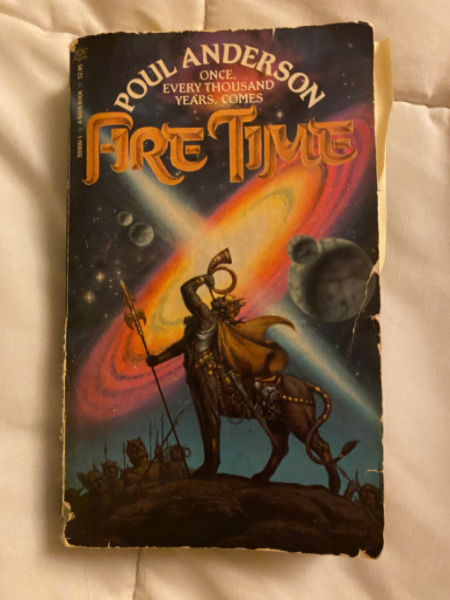Fire Time (Poul Anderson, 1974)
Originally reviewed on 9/9/23.
Fire Time's saving grace is its hard speculative science fiction elements. It's a lot easier to enjoy your ride through this frequently incoherent plot when you're marveling at Ishtar's richly detailed astronomy and biology.
The problem is that you're dropped into the middle of this detailed world without much of a starting point, especially when the foreword is setting up a story within a story and then chapter 1 is from the point of view of a character that won't return again soon. It's not until chapter 2 that you can start to settle into a respite that lasts long enough for you to get your bearings, but that doesn't last long. Confusion about what's happening to who and where lasted up until like 3/4ths into the book. I normally don't need to take notes for books, but I had to for this to make sure I was able to recall names and locations later on.
This is definitely inspired by the Vietnam war, with lots of reflection on war and what wars if any are worth anything. There's two wars in Fire Time, the Northern "barbarians" raiding against the "civilized" South in order to secure territory safe from an approaching star that swings by on its ovular orbit once every thousand years. And a distant war in space held between Human and the seal-like Naqsan colonists on some random planet that neither planet wants to fully commit to.
The human war on that other planet means that Earth refuses to send any sort of supplies to help the sword-and-shield level technology-having Ishtarians survive Fire Time. The war could be avoided if the Northerners could survive up there, but alas.
We get a variety of POV characters. Two south-aligned humans who have grown up on a scientific base or something on Ishtar, a southern legion Ishtarian, a northern Ishtarian war leader, and a human sent down to Ishtar to reinforce Earth's decision. As time goes on, all of these characters grow to be sympathetic in their own ways as we learn that all of them are being pressured in one way or another. Navy guy can't help much when all his appeals would all be denied, Northern warrior can't just sit back and let himself and his family be scorched into nothing when there's livable land within reach. Not that they're excused for what they do, I think. All of it just sucks and is a shame more than anything.
It's all pretty character-driven, big overarching plot stuff takes forever to set up and even when something does occur we always get a few chapters of characters reacting to and discussing it.
I loved the worldbuilding of the liontaur Ishtarians but I feel like it could have been better in some regards. A lot is underutilized, like their lifespans and constant lucid dreaming. It'd be fun to get more into those things. And the cultural impact of the Fire Time itself on their world history. I dunno, I can recall these things all being mentioned a lot but maybe its not that I want more, but I want it DEEPER.
In regards to critical examination, I can't really tell what the author's opinions are. Which I suppose is fine, but then it makes me confused when the book states things like brushing off imperialism allegations and defending the Navy. Like, is that you Poul? Or is that the character talking? Maybe this could be solved if each character had more extreme opinions rather than all being same-y aside from dropping sudden bombs like that.
Also, I will say I was a bit confused on the state of sexual equality on Ishtar. It's stated that at least the society that the main Ishtarian characters are in have equality, but then all the main characters are male and all the warriors are male and their multiple wives stay at home the whole time. While the females do handle farming and trade which is interesting, in the end this equal society is still run by masculine men who run off and do battle while the women stay at home and tend to the home. It's absolutely not as bad as it could have been, at least we HAD female Ishtarian's with speaking roles.
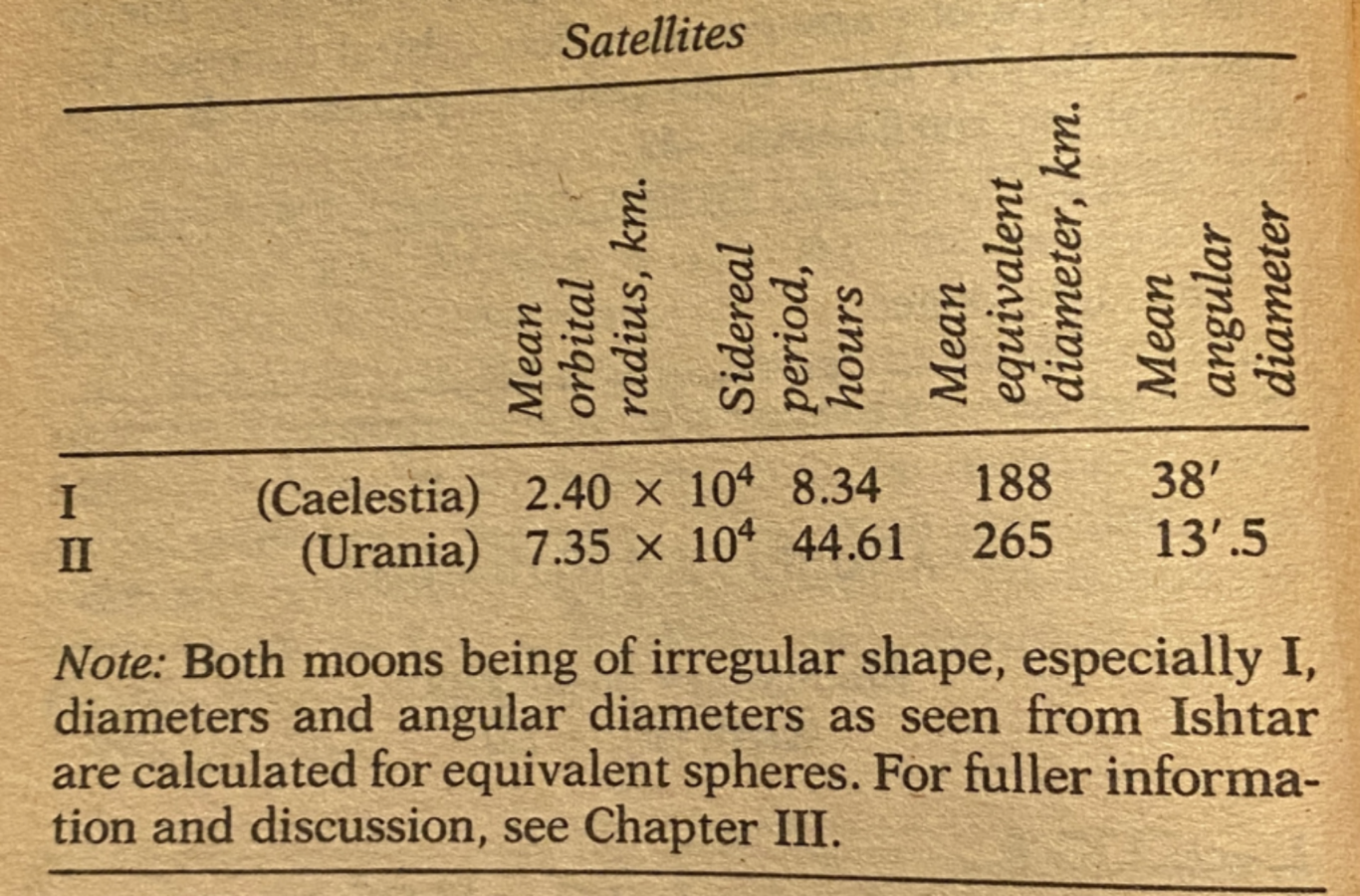
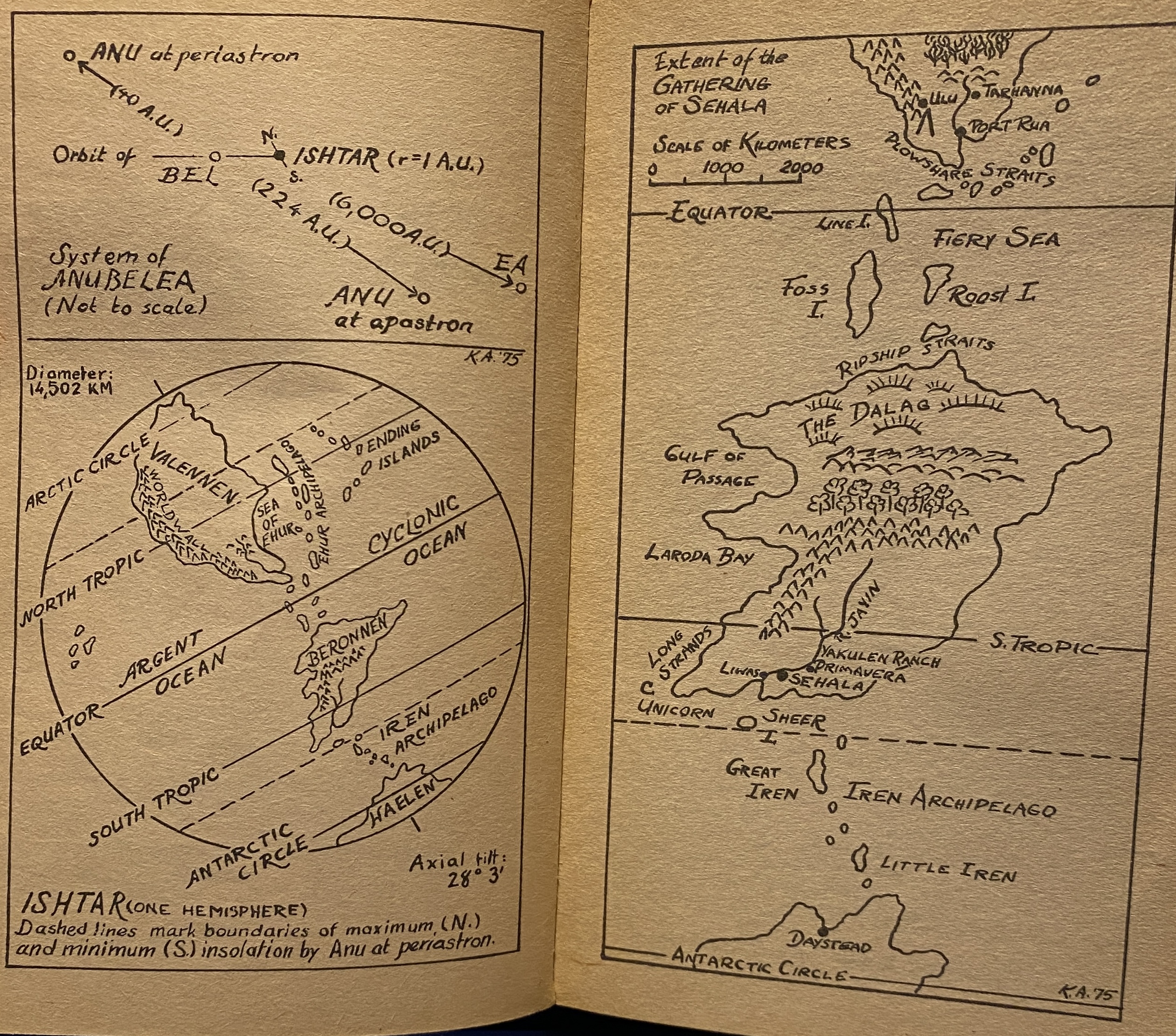
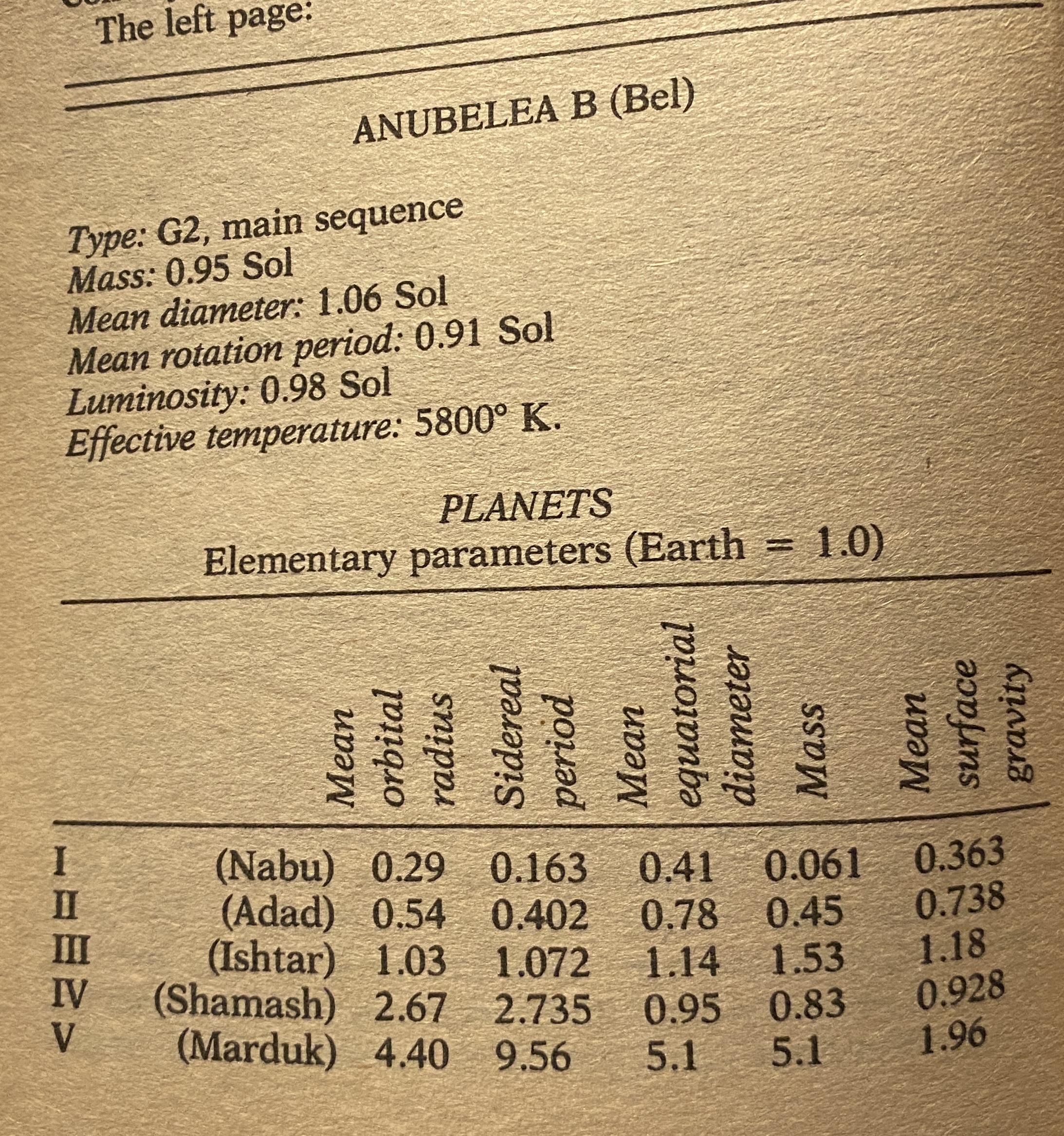
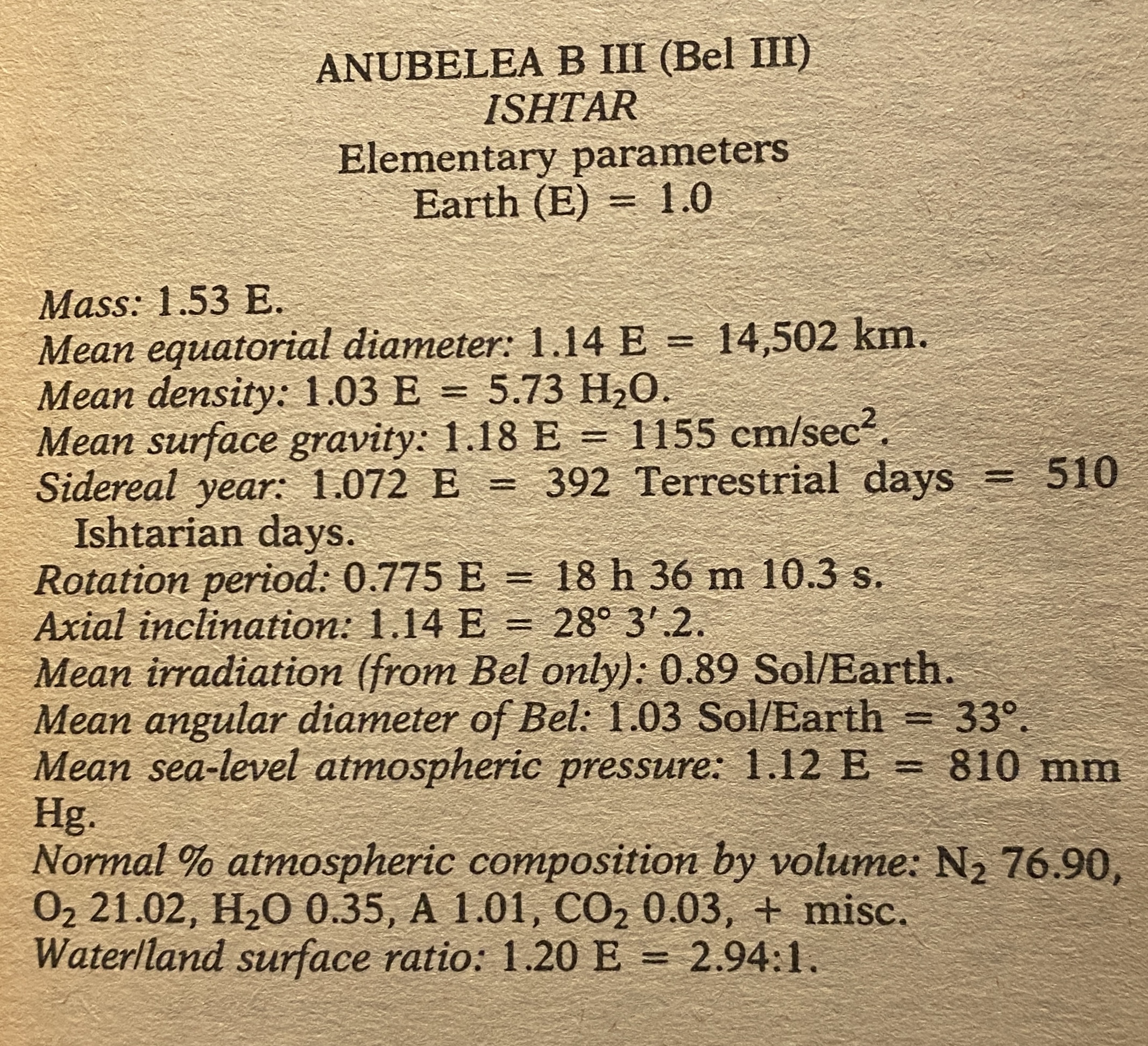
★★★☆☆
